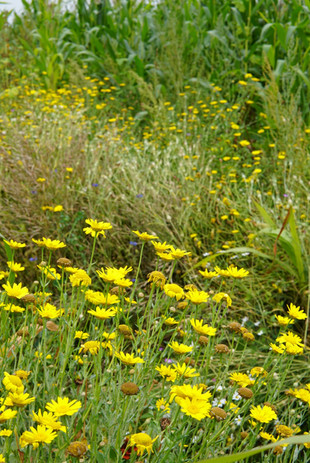
Authentic Japanese green tea ceremony held by Haruka Matsuo. You will experience meditative precious time with drinking Gyokuro green tea with special sweets. The Japanese tea ceremony is a series of precise actions (in silence) to be in the here and now and to experience connectedness with each other and nature. Haruka performs Japanese Sado - Sencha do Oubakubaisado with Banko Yaki tea ware which was made by puzzled wooden mould for Gyokuro green tea.
About Sado
Japanese tea ceremony (known as sadō/chadō (茶道, "The Way of Tea") or cha-no-yu (茶の湯)) is a traditional form of tea ceremony and a Japanese culturalactivity involving the ceremonial preparation and presentation of matcha (抹茶), powdered green tea, the art of which is called (o)temae ([お]手前/[お]点前).[1]
Zen Buddhism was a primary influence in the development of the Japanese tea ceremony. Much less commonly, Japanese tea practice uses leaf tea, primarily sencha, a practice known as senchadō (煎茶道, "the way of sencha") in Japanese, as opposed to chanoyu or chadō.
Tea gatherings are classified as either an informal tea gathering (chakai (茶会, "tea gathering")) or a formal tea gathering (chaji (茶事, "tea event")). A chakai is a relatively simple course of hospitality that includes confections, thin tea, and perhaps a light meal. A chaji is a much more formal gathering, usually including a full-course kaiseki meal followed by confections, thick tea, and thin tea. A chaji may last up to four hours.
Chadō is counted as one of the three classical Japanese arts of refinement, along with kōdō for incense appreciation, and kadō for flower arrangement.












